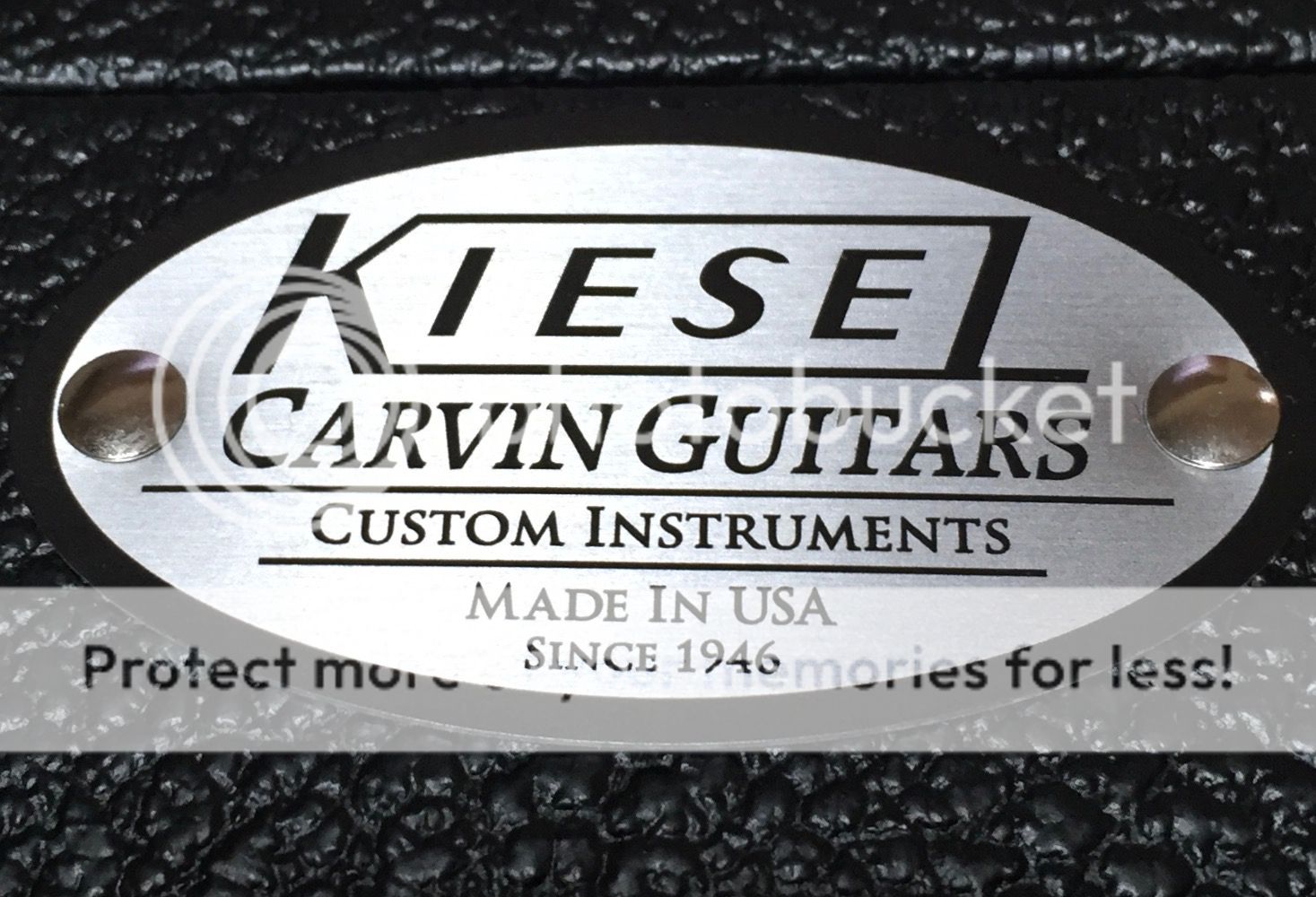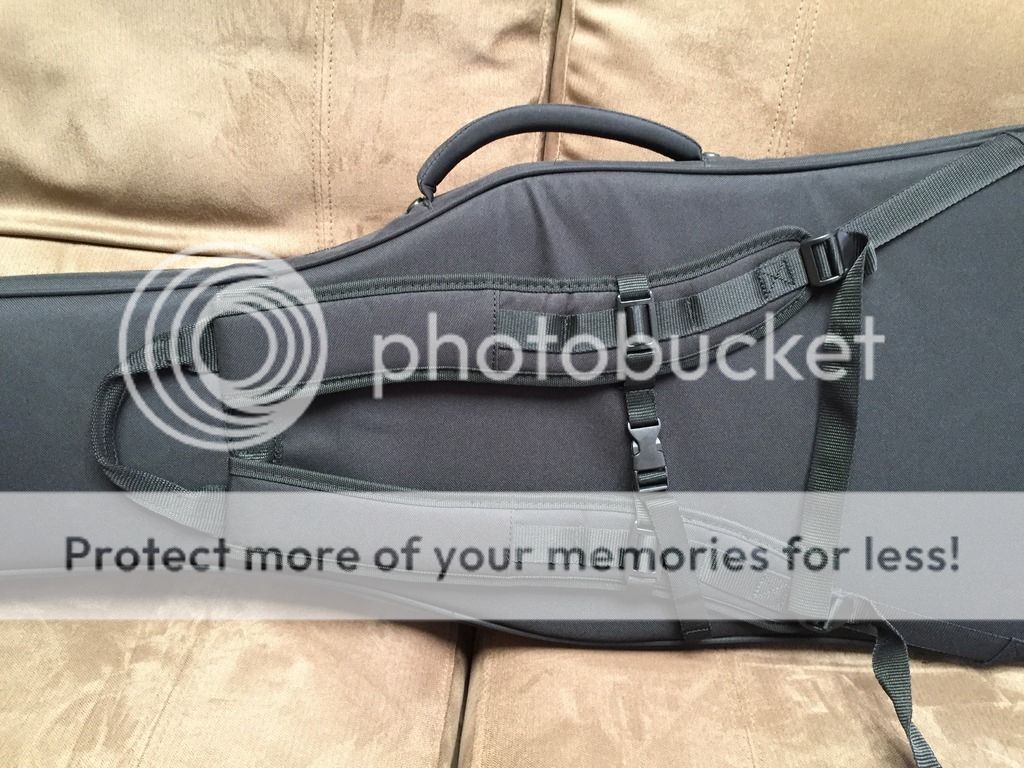 And so...
And so......my "108 Days of Practice" adventure has finally come to the same end as Monty Python's Norwegian Blue parrot, which:
Has passed on
Is no more
Has ceased to be
Has ceased to be
Gone on to meet its maker
Bereft of life
Pushing up the daisies
Metabolic processes are now history
It's off the twig
Kicked the bucket
Shuffled off it's mortal coil, run down the curtain and joined the bleeding' choir invisible!
To be honest, it has been dead for quite some time, having been nailed to the perch so to speak.
Looking back, I learned some great Duck Dunn tunes, along with a few others. Also got to put some honest practice time on a 5-string bass-- a first for me.
Looking forward, I will try another practice challenge, but shorter in length and with a partner to keep each other on track.
In the meantime, our music-room needs remodeling, along with several other projects around the house, and I still have Sunday service to keep my bass chops up for, so...
...stay tuned, and in tune!











































